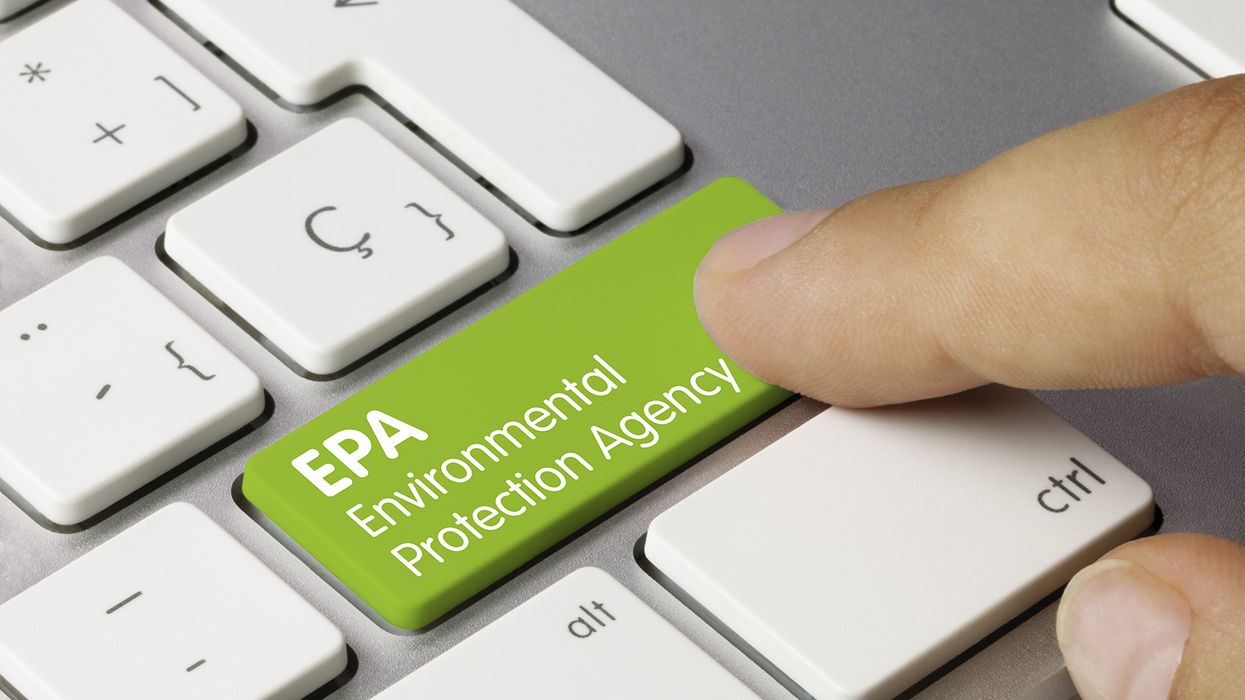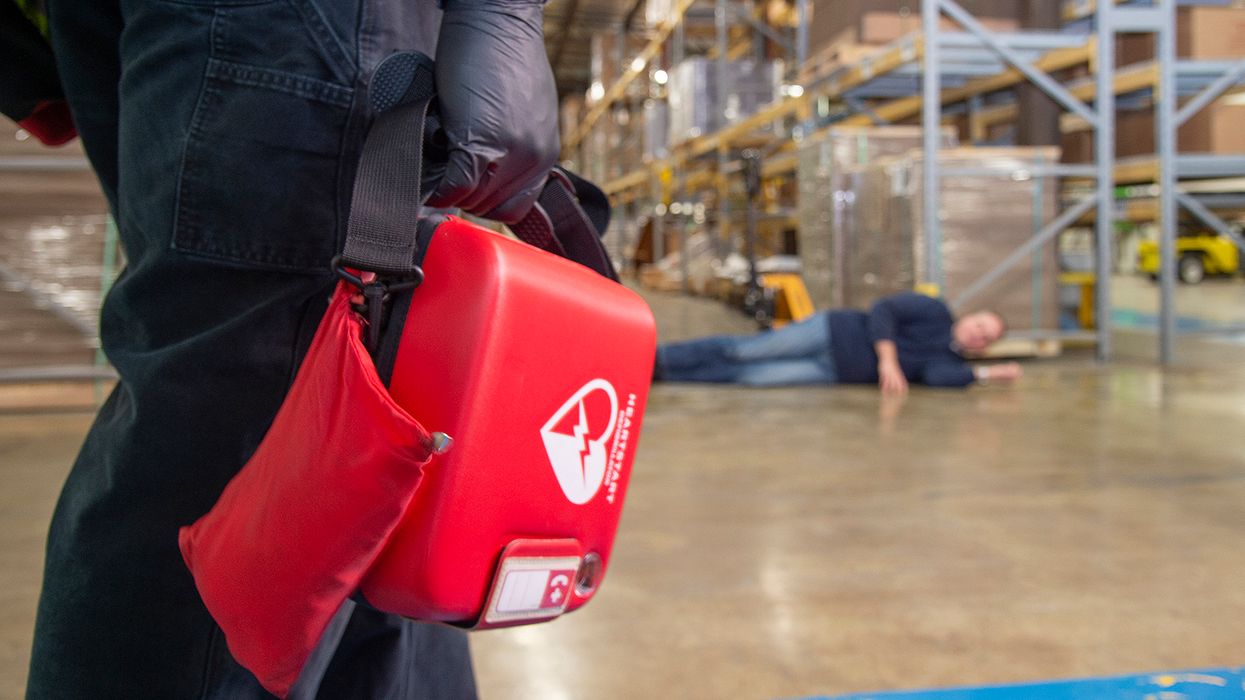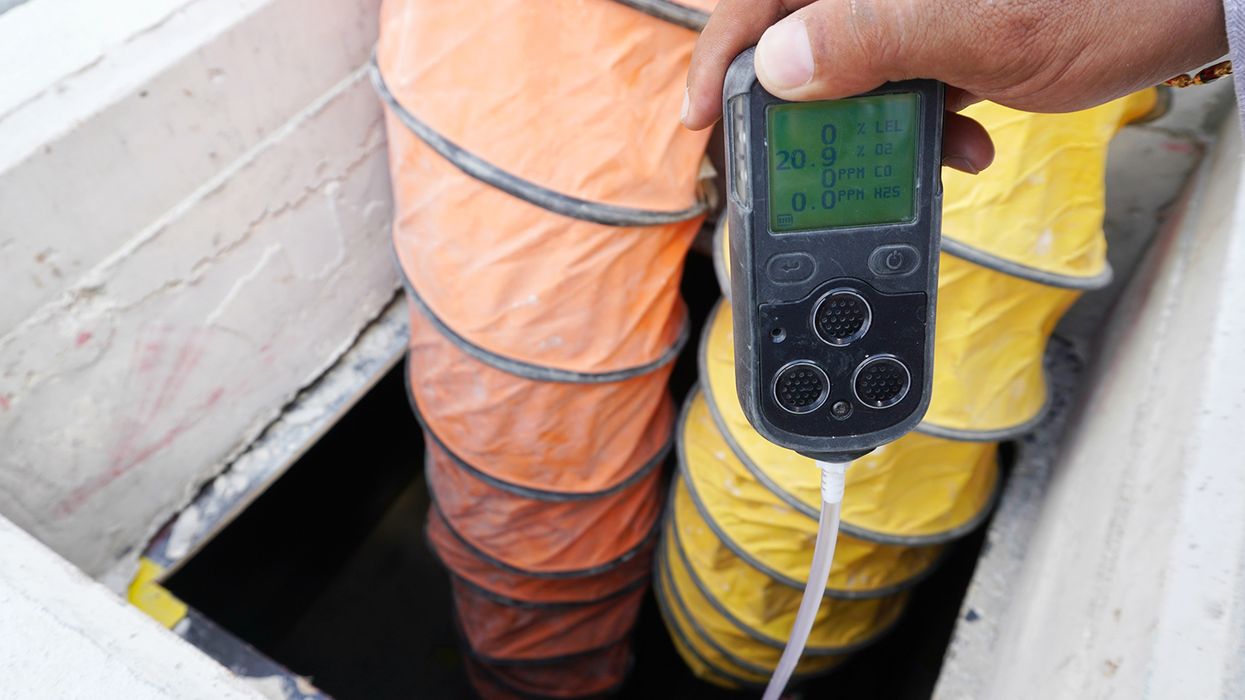Employer pandemic planning complements new CDC program
The increase in recent infectious disease outbreaks such as COVID-19 and monkeypox has been taking a toll on workers and employers alike. Depending on the severity an infectious disease may have on society, employers need act as soon as possible to reduce the potential negative impacts to their personnel and operations. Employers can prepare by utilizing outside resources and having an effective Infectious Disease Preparedness and Response Plan.
To assist employers, local health departments, and state governments to better prepare for future outbreaks, the Centers for Disease Control (CDC) recently launched the Center for Forecasting and Outbreak Analytics (CFA). This program is designed to enhance the nation’s ability to utilize data, modeling, and analytics that will allow for timely, effective decision making in response to public health threats. The CFA’s core focus areas (predict, inform, and innovate) allow employers to emulate for a well-balanced preparedness and response plan.
Employers should develop cross-functional teams that monitor evidence of outbreaks within the workplace. These teams can identify dangerous health trends, pinpoint critical gaps in safety and health policies, and devise methods to better protect workers .
Although there are no current regulations requiring an Infectious Disease Preparedness and Response Plan, employers benefit considerably from having one. Workers are safer and healthier, and companies benefit from saving unexpected costs, receiving recognition from regulatory agencies, enjoying insurance discounts, and having a general peace of mind.
Your same cross-functional team that monitors/predicts outbreaks at your facility can also help to develop an Infectious Disease Preparedness and Response Plan. Your plan should consider:
- Mission-critical business processes such as power, telecommunication systems, software, etc. that would have unacceptable consequences if interrupted.
- Key personnel required for business continuity including names, addresses, telephone numbers, email addresses, and roles and responsibilities of each.
- Communication systems that allow for effective transfer of information on status of shutdowns, responsibilities, needs or changes in personnel or other resources, changes in hazards or effects on workers.
- Business-critical inputs required for business continuity including materials, supplies, contractors, logistics, etc.
- Exposure risk classifications identifying which employees have exposure risk to infectious disease.
- Workplace hazards identifying real or potential infectious disease exposure hazards to employees.
- Scenario impacts that are likely to result in a change in demand for services or products during an outbreak such as additional protective supplies/PPE, travel restrictions, overtime or burnout, community quarantines, etc.
- Business impact analysis outlining immediate and long-term goals for planning, containing, and recovering from an outbreak.
- Specific procedures required for workplace safety, shutting down processes, specialized training, equipment and facility disinfection, ventilation, employee hygiene, social distancing, use of PPE, etc.
- Media and other public communications.
- Human resource aspects including but not limited to stress management, sick leave, quarantine, recordkeeping, and reporting.
The best plans are those that are communicated regularly. Ensure workers understand the reasons for the plan, the procedures outlined in the plan, expectations you have of them, and the ways in which they can be proactive in the battle against infectious diseases.
Keys to remember
Creating a well thought out and frequently communicated Infectious Disease Preparedness and Response Plan is one of the greatest assets for combating future health outbreaks.































































